Over the past 8 months, countries in Asia, the Middle East, and West Africa have rushed to buy nearly 6 million tons of Vietnamese rice despite high prices.
The latest preliminary figures from Customs show that in August, Vietnam exported 921,000 tons of rice, worth 546 million USD, up 40% in volume and 51% in value compared to July.
In the first 8 months, our country exported nearly 6 million tons of rice, with a turnover of nearly 3.2 billion USD, an increase of 21% in volume and 35% in price.
The Philippines remains the largest customer, reaching nearly 1.23 billion USD, up 16%, accounting for 38.9% of the total export turnover of this item. Next is China with 452 million USD, up 67.9% over the same period in 2023.
In addition to the above two countries, Indonesia has risen from 8th place to the top 3 countries buying Vietnamese rice with a record growth rate. In the past 8 months, this country imported 718,266 tons of rice, reaching 361.2 million USD, an increase of 1,505%.
According to the Vietnam Food Association (VFA), many countries in the world have increased their imports of Vietnamese rice due to a shortage in the world market. In particular, in the past 3 months, the amount of rice exported has increased compared to the beginning of the year after India banned rice exports from July 20. A week after India's ban, the UAE and Russia both announced that they would stop selling rice abroad. Therefore, many countries have poured into Vietnam to place orders, pushing up the price of exported rice.
In addition, the impact of adverse weather, drought, and floods has affected rice production in many countries around the world.
Vietnam's rice imports hit a record high, Indonesia is continuously opening tenders to buy rice from Vietnam and Thailand. At the beginning of the year, the country planned to import 2 million tons of rice to ensure national food security and cope with the El Nino phenomenon. Recently, they have adjusted the whole year plan to 2.4 million tons. The country's customs report shows that by the end of July, they had imported about 1.4 million tons of rice.
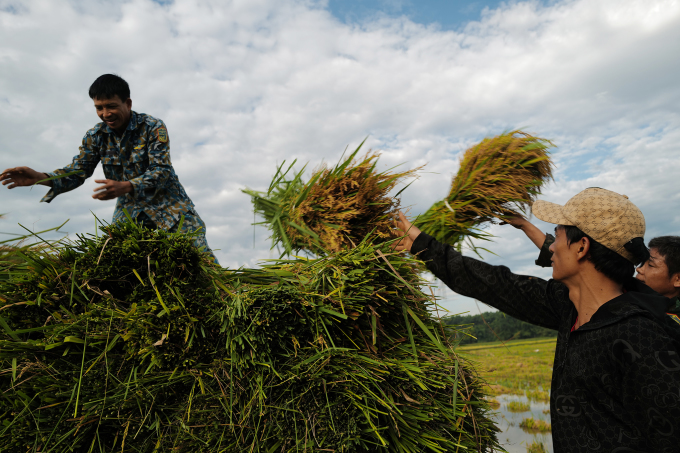
Harvesting rice in Son Tay, Hanoi . Photo: Ngoc Thanh
The director of an export company in Can Tho said that Indonesia is favoring Vietnamese rice because of its high quality. On September 11, the Indonesian National Logistics Agency (Bulog) announced that it would buy 300,000 tons of 5% broken white rice from Vietnam, Thailand, Pakistan and Cambodia. Therefore, Indonesian buyers are also expressing their interest in increasing the amount of rice purchased from his company.
Similarly, Senegal, Poland, Ghana, and Gabon increased purchases of Vietnamese rice because they are also experiencing a shortage of supply from India, while domestic goods decreased due to drought.
In Laos alone, sticky rice accounts for 80% of total rice production, so they increase imports of white and fragrant rice to supplement. On the other hand, many Vietnamese enterprises also export rice to China via Laos' highway.
The Ministry of Industry and Trade forecasts that in the last four months of this year, Vietnam's rice export situation will still be boosted by a good number of orders from many new markets.
However, exporters are concerned that the supply is not enough to meet demand. At a conference in Can Tho in early August, Mr. Nguyen Viet Anh, General Director of the Oriental Food Company Limited (ORICO), was concerned about the export balance. He cited data from the USDA (US Department of Agriculture) that estimated that Vietnam's inventory-to-consumption ratio was only about 11% while the safety level was about 22%. After India's ban on rice exports, according to Mr. Viet, this ratio was only 8.5%.
In addition, according to Mr. Viet Anh, the alarming situation today is that farmers are selling too much. The number of brokers is increasing rapidly and they are disrupting the market, causing many businesses to be "brokered" by farmers. They not only lose their deposits but also cannot buy rice from farmers they have previously contracted with. When businesses do not have rice to deliver, it will affect the implementation of the contract.
Since September, many rice exporting businesses to the Philippines have said that their partners have continuously asked to cancel contracts and extend purchase times due to the government's ceiling price for domestic rice.
Over the past two days, the price of rice exported and domestically has decreased. The price of exported rice has decreased by 15 USD per ton compared to last week, while the price of domestic rice has decreased by 100-600 VND per kg.
Thi Ha
Source link


![[Photo] General Secretary To Lam presents the First Class Labor Medal to the Vietnam National Energy and Industry Group](https://vphoto.vietnam.vn/thumb/1200x675/vietnam/resource/IMAGE/2025/9/21/0ad2d50e1c274a55a3736500c5f262e5)







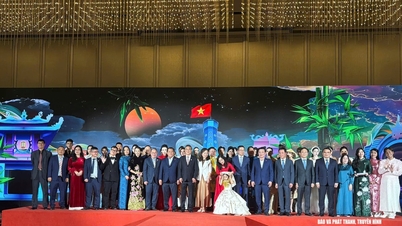







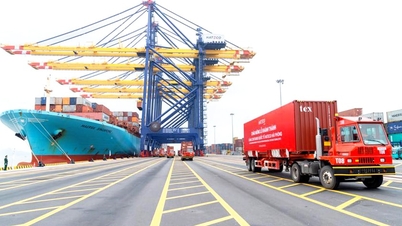



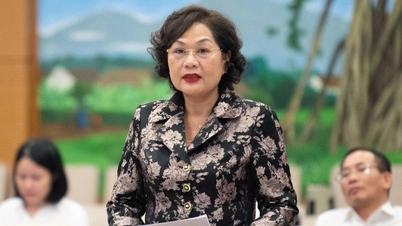




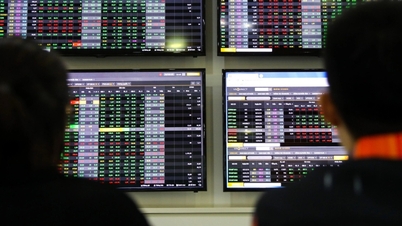











![[Photo] General Secretary To Lam attends the 50th anniversary of the founding of the Vietnam National Industry and Energy Group](https://vphoto.vietnam.vn/thumb/1200x675/vietnam/resource/IMAGE/2025/9/21/bb0920727d8f437887016d196b350dbf)







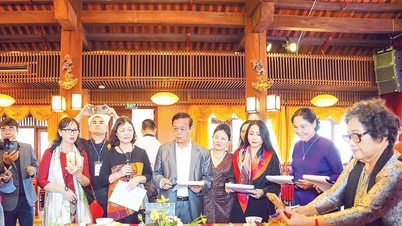




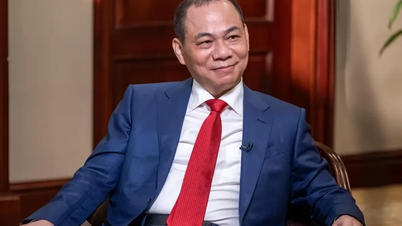
























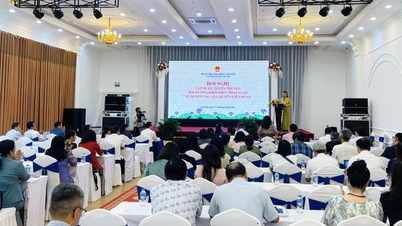


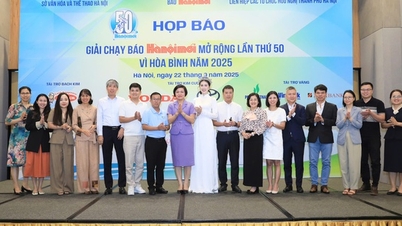
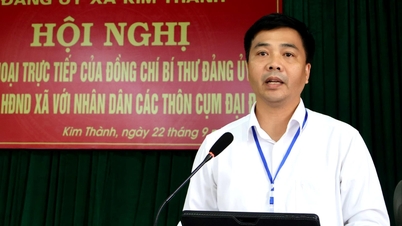
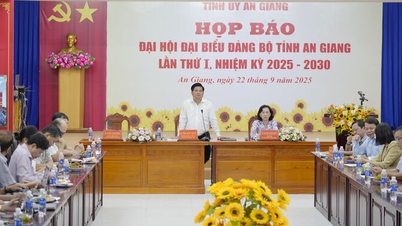




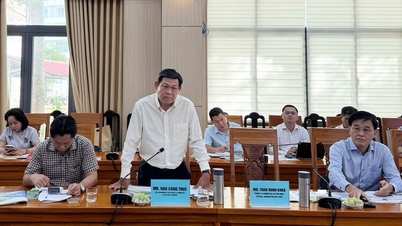
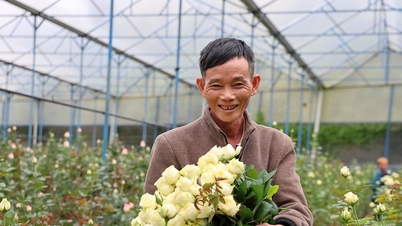
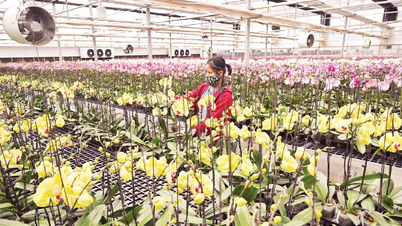









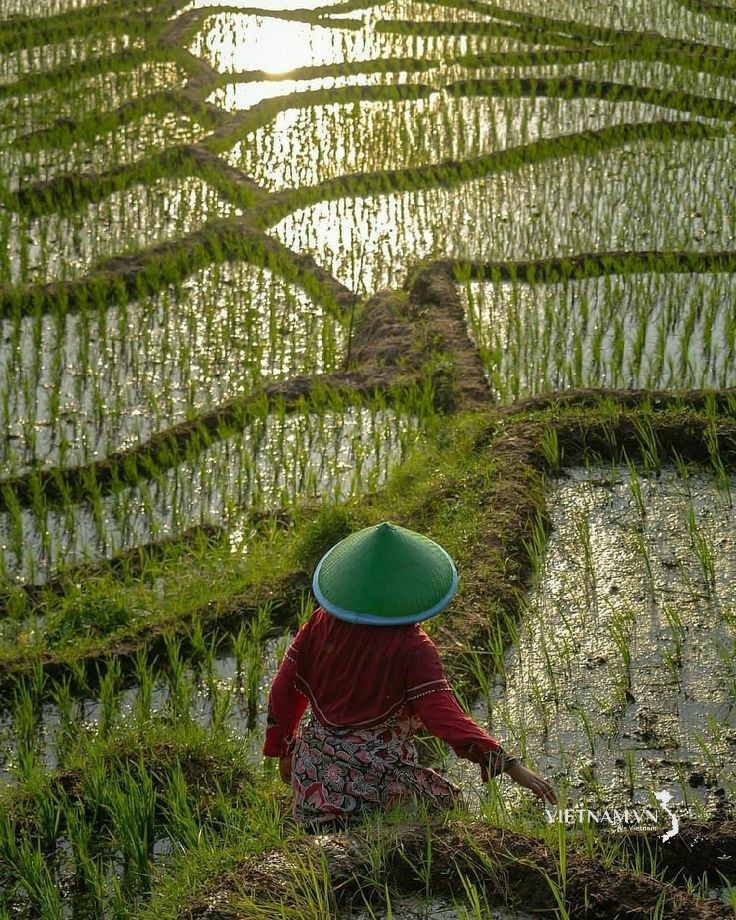

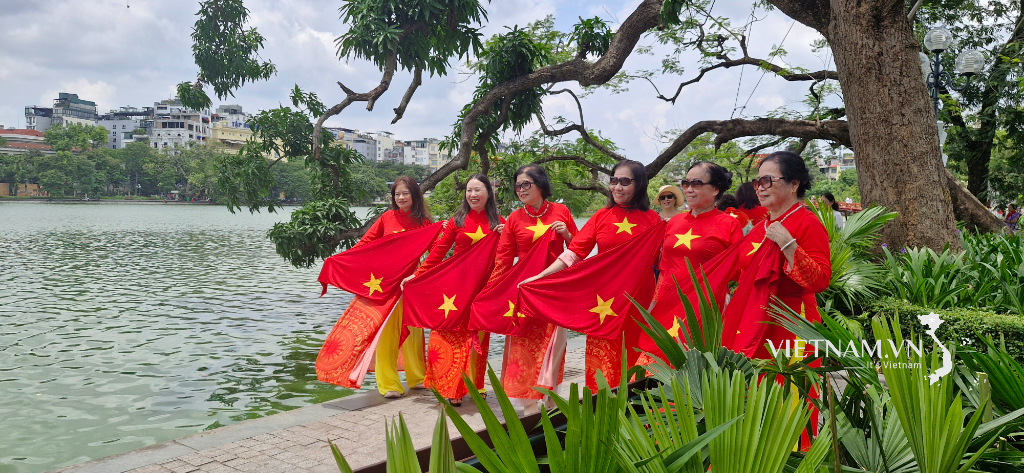
Comment (0)